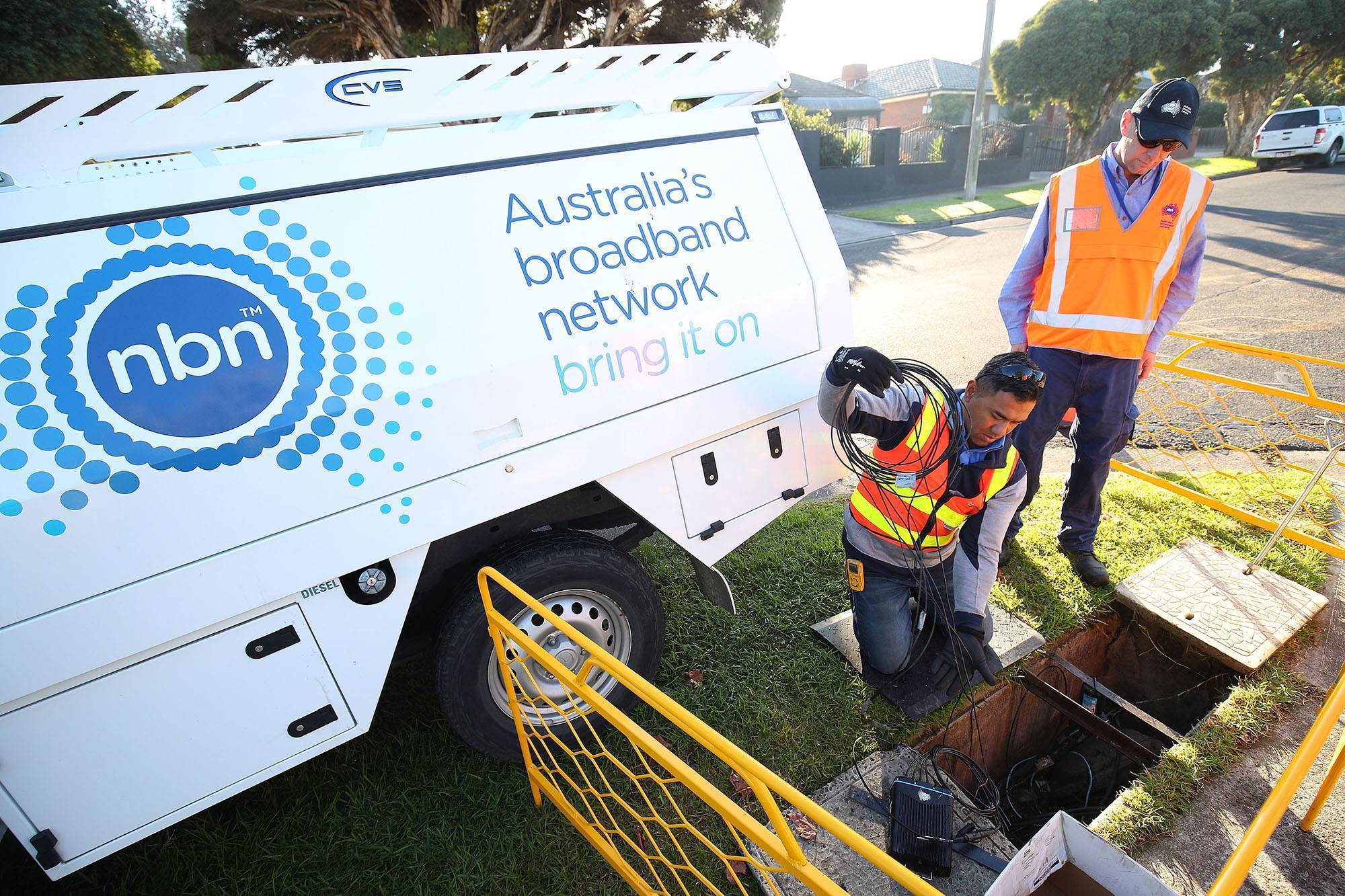Ah, the NBN! It's a hot topic here in Australia, and for good reason. It's a massive infrastructure project that aims to provide high-speed broadband to the entire country. But it's had its fair share of challenges and controversies. Here's a breakdown of the situation.
The Goal
The National Broadband Network (NBN) was conceived to replace the aging copper phone network with a faster, more reliable broadband network. The idea was to provide equal access to high-speed internet for all Australians, regardless of their location.
The Reality
While the NBN has significantly improved internet access for many Australians, it's faced criticism and setbacks: The original plan was to use Fiber to the Premises (FTTP) for most connections, delivering the fastest speeds. However, due to political and budgetary reasons, the rollout shifted to a "Multi-Technology Mix" (MTM), using a combination of technologies like:
- FTTP: Fiber optic cable all the way to the premises.
- FTTC: Fiber to the Curb, with the existing copper network used for the final connection.
- FTTN: Fiber to the Node, with longer copper distances.
- HFC: Hybrid Fiber Coaxial, using existing cable TV networks.
- Fixed Wireless: Wireless connections for rural areas.
- Satellite: For remote areas where other technologies are not feasible.
 The MTM approach has resulted in varying speeds and costs for different users. FTTP offers the fastest
speeds but is more expensive to deploy. Other technologies like FTTN and FTTC offer slower speeds, and users
often experience performance issues due to the reliance on aging copper lines.
The NBN rollout has been plagued by delays and cost overruns. The initial estimated cost was significantly
lower than the final cost, and the completion date has been pushed back multiple times.
The NBN faces increasing competition from alternative technologies like 5G fixed wireless and Starlink
satellite internet, which offer competitive speeds and pricing.
The MTM approach has resulted in varying speeds and costs for different users. FTTP offers the fastest
speeds but is more expensive to deploy. Other technologies like FTTN and FTTC offer slower speeds, and users
often experience performance issues due to the reliance on aging copper lines.
The NBN rollout has been plagued by delays and cost overruns. The initial estimated cost was significantly
lower than the final cost, and the completion date has been pushed back multiple times.
The NBN faces increasing competition from alternative technologies like 5G fixed wireless and Starlink
satellite internet, which offer competitive speeds and pricing.
The Current Situation
The NBN is now largely complete, with the majority of Australian homes and businesses able to connect.
The government has committed to further investment in the NBN, with a focus on upgrading FTTN connections
to FTTP.
There is ongoing debate about the future of the NBN, including its pricing structure, competition, and the
role of government in its operation.
Key Issues and Challenges:
- Affordability: The cost of NBN plans can be high for some users, especially those on lower incomes.
- Reliability: Users on FTTN and FTTC connections often experience slower speeds and connection dropouts.
- Upgrade Costs: Upgrading the existing network to FTTP is a complex and expensive undertaking.
- Competition: The NBN faces increasing competition from other technologies, which could impact its long-term viability.
The Future of the NBN
The NBN remains a vital piece of infrastructure for Australia, but its future depends on addressing these key challenges and adapting to the evolving needs of users and the competitive landscape. The government's commitment to further investment and upgrades provides hope for a faster and more reliable NBN for all Australians.



